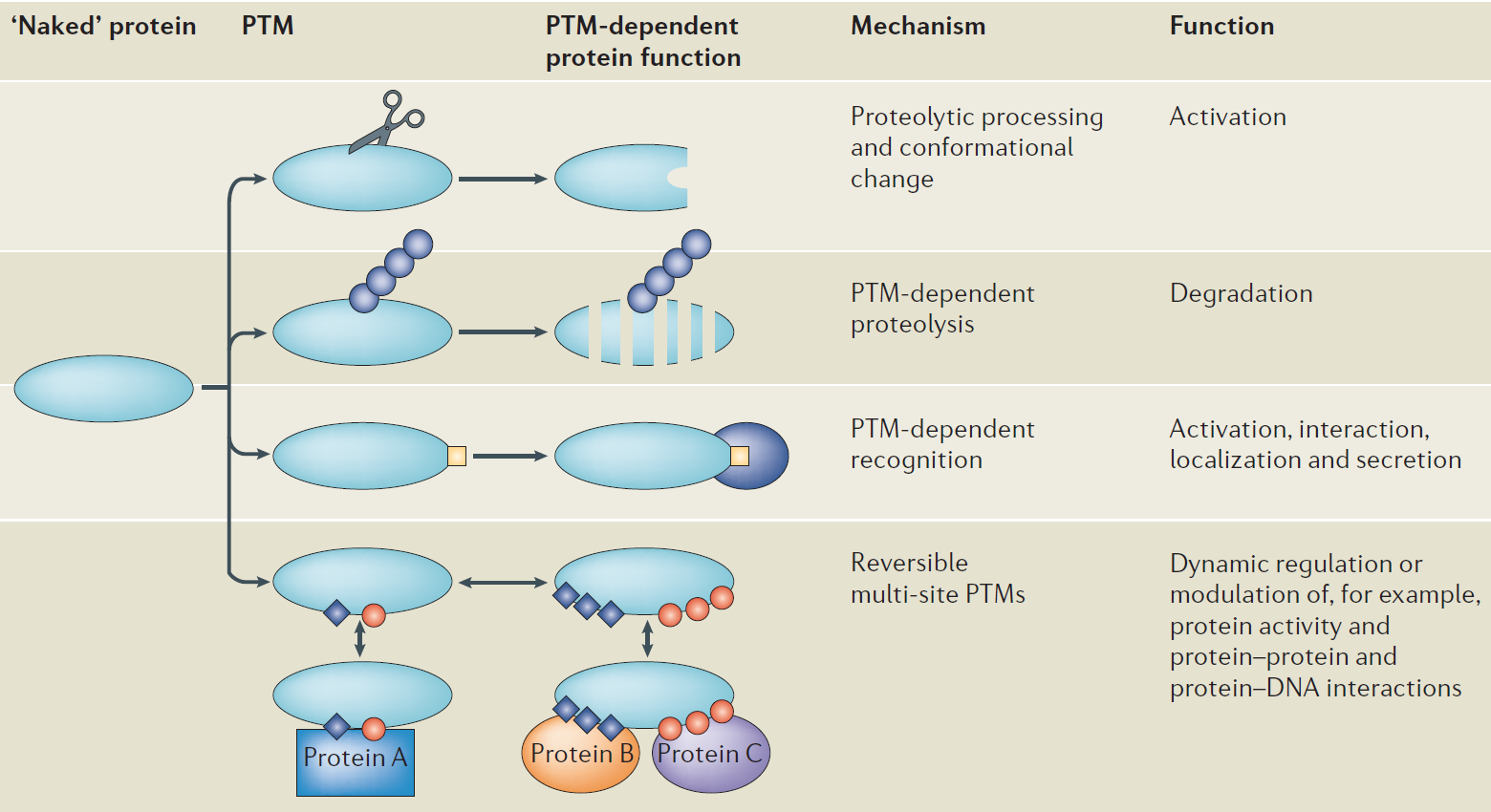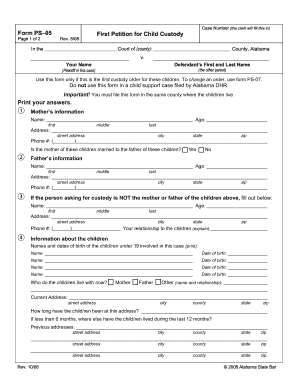Your Chemical modification of proteins images are ready. Chemical modification of proteins are a topic that is being searched for and liked by netizens today. You can Find and Download the Chemical modification of proteins files here. Get all free photos.
If you’re searching for chemical modification of proteins images information connected with to the chemical modification of proteins interest, you have visit the ideal site. Our website frequently gives you hints for refferencing the highest quality video and image content, please kindly surf and find more enlightening video articles and graphics that match your interests.
Chemical Modification Of Proteins. Manipulation of proteins by chemical modification is a powerful way to decipher their function. In other cases such chemical alterations have changed the protein function entirely. Several strategies have been developed to implement these modifications including enzymatic tailoring reactions unnatural amino acid incorporation using the expanded genetic codes and recognition-driven transformations. Department of Nutrition University of.
 Antimicrobial Peptides Services Advanced Technology Peptides Antimicrobial From pinterest.com
Antimicrobial Peptides Services Advanced Technology Peptides Antimicrobial From pinterest.com
Manipulation of proteins by chemical modification is a powerful way to decipher their function. Chemical modification of proteins is a rapidly expanding area in chemical biology. 3570660 PubMed - indexed for MEDLINE Publication Types. Chemical Modifications of Proteins In Vivo. However the same is not valid for proteins as an organic substrate. Using a common ketone starting material we have modified the DMNPE core.
Chemical Modifications of Proteins In Vivo.
The methods discussed here are those used frequently in primary structure analysis. Chemical modification of proteins is an important tool for probing natural systems creating therapeutic conjugates and generating novel protein constructs. Protein chemical modifications are important tools for elucidating chemical and biological functions of proteins. Proteins can be chemically modified with the addition of groups including methyl phosphate acetyl and ubiquitin groups. Protein Engineering Problem Solving Technique Technology Research 2 3. RÃœCKER2 AND CARL McGEE.
 Source: pinterest.com
Source: pinterest.com
Manipulation of proteins by chemical modification is a powerful way to decipher their function. The translocase of the outer membrane TOM consists of three receptor proteins the channel-forming protein To. Chemical modification should continue to be a primary tool in protein chemistry. Manipulation of proteins by chemical modification is a powerful way to decipher their function. It uses a series of reactions to modify the various proteins of interest.
 Source: pinterest.com
Source: pinterest.com
Using a common ketone starting material we have modified the DMNPE core. Chemical Modifications of Proteins. 3570660 PubMed - indexed for MEDLINE Publication Types. The two most widely used applications for chemical modification are in primary structure analysis and in the identification of essential groups involved in the binding and catalytic sites of proteins. Several strategies have been developed to implement these modifications including enzymatic tailoring reactions unnatural amino acid incorporation using the expanded genetic codes and recognition-driven transformations.
 Source: pinterest.com
Source: pinterest.com
RÃœCKER2 AND CARL McGEE. Department of Nutrition University of. Synthetic and Semisynthetic Peptides and Proteins. These are based on the di-methoxyl nitro phenyl ethyl DMNPE group. Deteriorations Peptide bond scissions Racemizations β-eliminations Formation of products Reaction of proteins with added chemicals.
 Source: onlinelibrary.wiley.com
Source: onlinelibrary.wiley.com
Selective installation of biochemical probes has led to a better understanding of natural protein modification and macromolecular function. Protein chemical modification is a problem-solving technique in research and technology. Gratifyingly we can translate some of the pre-existing reactions for developing methods for the modification of proteins. Chemical Modifications of Proteins In Vivo. Chemical Modifications Modification Reactive Side Chains Oxidation Reduction Nucleophilic Electrophilic Natural 3 4.
 Source: pinterest.com
Source: pinterest.com
Moreover chemical modification of protein has been widely used for unnatural alterations for proteins with desired function. Manipulation of proteins by chemical modification is a powerful way to decipher their function. Over the past 30 years the use of chemical reagents to modify proteins has been crucial in determining the function and structure of purified proteins. Selective installation of biochemical probes has led to a better understanding of natural protein modification and macromolecular function. Proteins synthesized by mitochondrial ribosomes are exported into the inner membrane IM by the OXA translocase.
 Source: pinterest.com
Source: pinterest.com
Chemical Modifications of Proteins In Vivo. Gratifyingly we can translate some of the pre-existing reactions for developing methods for the modification of proteins. These are based on the di-methoxyl nitro phenyl ethyl DMNPE group. However most ribosome-dependent and semi-synthetic methods have limitations in the number and type. The understanding of reactivity and diverse aspects of selectivity facilitates the functional group transformation of high complexity.
 Source: pinterest.com
Source: pinterest.com
The addition or removal of these groups from proteins regulates their activity or the length of time they exist in the cell. RÃœCKER2 AND CARL McGEE. However the same is not valid for proteins as an organic substrate. Examples Important to Cellular Regulation1. Chemical Modifications Modification Reactive Side Chains Oxidation Reduction Nucleophilic Electrophilic Natural 3 4.
 Source: pinterest.com
Source: pinterest.com
Protein Engineering Problem Solving Technique Technology Research 2 3. Gratifyingly we can translate some of the pre-existing reactions for developing methods for the modification of proteins. RÃœCKER2 AND CARL McGEE. The understanding of reactivity and diverse aspects of selectivity facilitates the functional group transformation of high complexity. The addition or removal of these groups from proteins regulates their activity or the length of time they exist in the cell.
 Source: nl.pinterest.com
Source: nl.pinterest.com
Using a common ketone starting material we have modified the DMNPE core. Gratifyingly we can translate some of the pre-existing reactions for developing methods for the modification of proteins. Protein Engineering Problem Solving Technique Technology Research 2 3. The addition or removal of these groups from proteins regulates their activity or the length of time they exist in the cell. In this work we describe methods for synthesizing and incorporating a wide range of photocleavable groups into proteins.
 Source: cz.pinterest.com
Source: cz.pinterest.com
Moreover chemical modification of protein has been widely used for unnatural alterations for proteins with desired function. Department of Nutrition University of. Gratifyingly we can translate some of the pre-existing reactions for developing methods for the modification of proteins. 3570660 PubMed - indexed for MEDLINE Publication Types. However the same is not valid for proteins as an organic substrate.
 Source: pinterest.com
Source: pinterest.com
Protein chemical modification is a problem-solving technique in research and technology. Protein Engineering Problem Solving Technique Technology Research 2 3. Selective installation of biochemical probes has led to a better understanding of natural protein modification and macromolecular function. Manipulation of proteins by chemical modification is a powerful way to decipher their function. Role of the oxidase assembly OXA translocase in protein sorting.
 Source: pinterest.com
Source: pinterest.com
The use of the chemical modification of proteins has evolved over the past 80 years benefiting from advances in analytical physical and organic chemistry. Several strategies have been developed to implement these modifications including enzymatic tailoring reactions unnatural amino acid incorporation using the expanded genetic codes and recognition-driven transformations. However most ribosome-dependent and semi-synthetic methods have limitations in the number and type. It uses a series of reactions to modify the various proteins of interest. Site-selective reactions require exquisite control over both chemo- and regioselectivity under ambient aqueous conditions.
 Source: pinterest.com
Source: pinterest.com
Department of Nutrition University of. Chemical modification should continue to be a primary tool in protein chemistry. The methods discussed here are those used frequently in primary structure analysis. Protein chemical modification is a problem-solving technique in research and technology. Modifications also occur in natural deteriorations.
 Source: in.pinterest.com
Source: in.pinterest.com
However most ribosome-dependent and semi-synthetic methods have limitations in the number and type. The two most widely used applications for chemical modification are in primary structure analysis and in the identification of essential groups involved in the binding and catalytic sites of proteins. Deteriorations Peptide bond scissions Racemizations β-eliminations Formation of products Reaction of proteins with added chemicals. Site-selective reactions require exquisite control over both chemo- and regioselectivity under ambient aqueous conditions. Chemical Modifications of Proteins.
 Source: pinterest.com
Source: pinterest.com
The translocase of the outer membrane TOM consists of three receptor proteins the channel-forming protein To. It can supply information or products difficult or impossible to attain by the newer powerful technique of in vitro mutagenesis as well as serve as a supplementary procedure for the latter. Synthetic and Semisynthetic Peptides and Proteins. Generally these modifications are with the most reactive side chains and are predominantly oxidations reductions and nucleophilic and electrophilic substitutions. The understanding of reactivity and diverse aspects of selectivity facilitates the functional group transformation of high complexity.
 Source: creative-proteomics.com
Source: creative-proteomics.com
The addition or removal of these groups from proteins regulates their activity or the length of time they exist in the cell. Chemical Modifications of Proteins. In this work we describe methods for synthesizing and incorporating a wide range of photocleavable groups into proteins. Chemical modification should continue to be a primary tool in protein chemistry. This groundbreaking work is part of the foundation of emerging disciplines of.
 Source: onlinelibrary.wiley.com
Source: onlinelibrary.wiley.com
Proteins can be chemically modified with the addition of groups including methyl phosphate acetyl and ubiquitin groups. Modifications also occur in natural deteriorations. Moreover chemical modification of protein has been widely used for unnatural alterations for proteins with desired function. Over the past 30 years the use of chemical reagents to modify proteins has been crucial in determining the function and structure of purified proteins. Chemical Modifications Modification Reactive Side Chains Oxidation Reduction Nucleophilic Electrophilic Natural 3 4.
 Source: pinterest.com
Source: pinterest.com
However most ribosome-dependent and semi-synthetic methods have limitations in the number and type. Several strategies have been developed to implement these modifications including enzymatic tailoring reactions unnatural amino acid incorporation using the expanded genetic codes and recognition-driven transformations. In this work we describe methods for synthesizing and incorporating a wide range of photocleavable groups into proteins. The methods discussed here are those used frequently in primary structure analysis. It uses a series of reactions to modify the various proteins of interest.
This site is an open community for users to share their favorite wallpapers on the internet, all images or pictures in this website are for personal wallpaper use only, it is stricly prohibited to use this wallpaper for commercial purposes, if you are the author and find this image is shared without your permission, please kindly raise a DMCA report to Us.
If you find this site convienient, please support us by sharing this posts to your favorite social media accounts like Facebook, Instagram and so on or you can also save this blog page with the title chemical modification of proteins by using Ctrl + D for devices a laptop with a Windows operating system or Command + D for laptops with an Apple operating system. If you use a smartphone, you can also use the drawer menu of the browser you are using. Whether it’s a Windows, Mac, iOS or Android operating system, you will still be able to bookmark this website.






